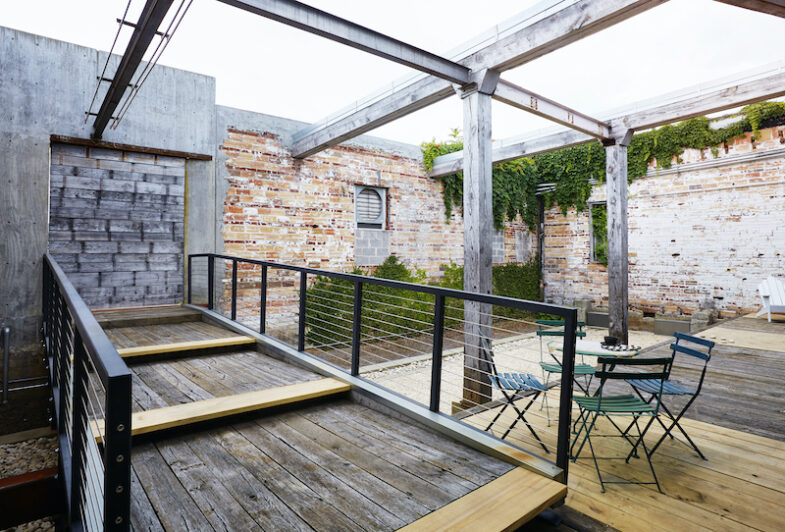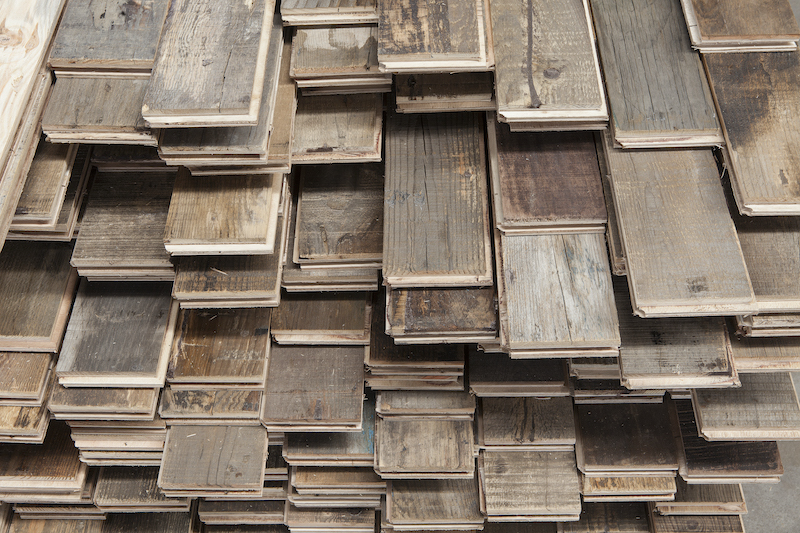How to Make Landscape Timbers Last Longer
Making Your Landscape Timbers Last Longer
Natural landscape pieces can face a range of stressors from different outdoor elements. Natural decay, rot, termites, other wood-destroying pests, and harsh weather are just a few of the stressors that can wreak havoc on your outdoor pieces and threaten the integrity of your landscape timber. However, there are some steps you can take to help your wood pieces and other natural elements hold up against such conditions. In this article, we’ll discuss some of the top landscape ideas for how to make landscape timbers last longer, including treated landscape timbers, so your timber and outdoor property can last longer and look beautiful for years.
Landscaping Timbers

When you want to take advantage of the extra wood on your property from cut-down branches, from full trees, or simply to give your front or back yard spaces a more natural look, landscaping timbers are a great idea to consider. Also, much of how an eco-friendly yard space operates is by using landscaping pieces to their full potential, and evaluating when you can recycle pieces and use them again throughout your yard spaces. There are many different landscaping timber ideas to help you to make the most of your timbers and other wood pieces for a truly unique landscaping look that you and any guests will enjoy.
Landscaping timbers can be very useful in the construction of borders, pathways, and garden beds. However, these timbers will start to deteriorate over time, which can occur more quickly depending on the area in which you live. The Chicago area experiences a great deal of inclement weather that can speed up timber deterioration. Some of the top landscape timber ideas for how to make landscape timbers last longer include adding pressure treatment, ensuring proper installation, waterproofing your timbers with paint or other materials, installing a moisture barrier, choosing the right type of wood, and avoiding overexposure to moisture.
In addition to ensuring the longevity of your timber, it’s important to consider the various popular landscaping projects that can be done with timber. Timber can significantly impact landscape design for front yards, offering a range of creative possibilities. Some of the most popular timber landscaping projects include edging for garden beds, outdoor stairways, deck retreats, rustic fences, and vertical gardens. Each of these projects serves both functional and aesthetic purposes, enhancing your outdoor space’s overall beauty and functionality.
Adding Pressure Treatment
Pressure-treating your timber can extend its lifespan and protect it from various elements. Pressure-treating involves applying a preservative agent and water solution to timber under high pressure. This process ensures the deep embedding of the solution into the timber. Active ingredients can vary, but solutions often include copper azole, alkaline copper quaternary, or micronized copper azole. Also, certain wood types are less resistant, which can help. Treated landscape timbers protect the wood from fungus, termites, and moisture.
Ensuring Proper Installation

Proper installation of your landscaping timbers is also essential to ensuring long-term health and extending the life of your wood pieces. One of the best tricks for installing timber is providing the ground area is flat in the area you desire to install timber, and your path is straight if you desire to use landscape timbers for edging, as wood won’t easily conform or bend. To begin, measure the perimeter of the area you wish to enclose and purchase enough timber edging for two layers. Opt for all-weather timber for durability. Next, dig a trench around the area, ensuring it is around 6 inches deep and 2 inches wider than the timber’s width. Smooth down the walls and bottom of the trench and fill it with 2 inches of gravel to create a stable foundation for the timbers.
Then, carefully lay down the timber over the gravel, ensuring they are level and stable. Position them so the corners will join in a clockwise order for the first layer and a counter-clockwise order for the second layer. Once the timbers are in place, drill holes through both layers at the corners and every four feet. Drive 12-inch spikes through the holes, ensuring they are securely in place. Hammer down the spikes until flat against the wood’s surface, leaving no spikes protruding. Fill any gaps around the wood with gravel, ensuring even distribution and a well-filled perimeter.
You can achieve a professional and lasting landscape timber edging installation by following these steps.
Working with Apex Landscaping, you can rest assured of proper landscaping and installation, knowing it’s in the hands of landscapers who are familiar with the area and its various potential issues.
Painting Your Timbers
Another top idea for how to make landscape timbers last longer is to keep the timber painted. Certain paints can help prevent your timber from allowing water to permeate it, thus preventing bowing, rotting, and mold. You can use actual colored paint, but you can also use wax, protective spray, quality oils, or varnishes to waterproof your wood effectively. Paint will specifically keep fungus and moisture from wreaking havoc on your timber. Applying a fresh coat occasionally also helps the wood appear even and effectively fight moisture.
Installing a Moisture Barrier
You can also install a moisture barrier to make landscape timbers last longer. A retaining wall can aid in the prevention of rot by ensuring that your timber doesn’t come in direct contact with the ground or masonry. Just be sure your given moisture barrier is made of the right material to effectively keep out moisture, be susceptible, and not have any gaps or cracks in the joint that might otherwise allow some moisture in. Retaining walls can help hold back soil if you live in a sloped area, and offer a more ideal way of controlling your water flow.
Choose the Right Wood
The right wood type for your landscape timber can also have a big impact on how long it lasts and holds up against weather and moisture. The type of timber should depend on the use. For underground purposes, treated landscape timbers are a better choice. For use in a yard space or other outdoor environments, redwood is an ideal wood choice. Cypress and cedar also make for excellent wood in various landscaping projects. With expert knowledge and experience, Arbeen Landscaping can help find the right wood for your project. You can also stain redwood timbers so long as you maintain the desired color.
Avoiding Overexposure to Moisture
Amongst the biggest detriments to timber is exposure to moisture. However, avoiding overexposure to moisture can be difficult as the outdoors are unpredictable. When frequently exposed to levels of moisture, even treated wood can and likely will rot. One of the best ways to make your landscape timbers last longer is to install them in a relatively moisture-free location and continually monitor weather and moisture conditions that can change. Wet rot occurs when the moisture of the given wood is 50% or higher, an amount that does not dry out at some point.
How to Create Flower Beds Using Landscape Timbers
Creating flower beds using landscaping timbers involves several important steps.
First, choose a flat and level area in your yard for the flower bed and measure the desired size. Then, using a marker or mason’s line, outline the shape of the flower bed. Next, dig a trench along the marked outline approximately 3 to 4 feet deep.
Following this lay the landscaping timbers in the trench according to the desired shape and size of the flower bed. Ensure the timbers are level and securely in place, with corners meeting perpendicularly and no gaps present. If additional layers of timbers are needed, offset the joints by at least 4 feet to enhance stability. Trim the timbers as necessary and check the corners using a framing square.
Once the timbers are positioned correctly, drill starter holes for stakes to secure the timbers in place. Place these stakes at the corners and at regular intervals, securing them with a hammer. Line both the bed and the walls created by the timbers with gardening mesh to prevent soil from spilling out. Finally, fill the bed with soil and plant your desired flowers.
How can Landscape Improvements help with landscaping design and maintenance needs?
Landscape Improvements offers a wide range of services to assist with landscaping design and maintenance needs. From creating sustainable landscapes to providing residential and commercial design and maintenance services, our experienced team specializes in beautifying outdoor spaces while staying within budget constraints. In addition to traditional landscaping services, we also offer landscape lighting, container gardening, arbor care, and other related services to ensure that every aspect of your outdoor area is well-maintained and visually appealing.
Make Your Landscape Timbers Last Longer With Apex Landscaping
Your outdoor landscape timbers can experience exposure to a variety of stressors, including snow, rain, termites, and other pests. To make landscape timbers last longer, consider these top tips from Arbeen Landscaping that can help prolong the life of your landscape wood and effectively prevent rot, decay, and other types of damage. With the right treatment, installation, waterproofing, and wood type, Apex Landscaping can help you have a beautiful, lasting landscape and landscape timbers you can easily maintain and enjoy for many years.
